Your RV’s slide-out mechanisms work hard to expand your living space, but if you want them to continue to operate smoothly in the coming years, you need to take proper care of them. Without proper lubrication and maintenance, these systems can develop costly problems that leave you stuck with a slide-out that won’t budge. This guide will walk you through everything you need to know about lubricating and maintaining your slide-out mechanisms to keep them in peak condition.
Types of RV Slide-Out Mechanisms
To keep things operational, you first need to understand the inner workings of your slide-out system. Most RVs use one of several common mechanisms, each with specific lubrication requirements, so here’s a deeper look at each of them.
Rack and Pinion Systems
Rack and pinion slide-outs use a gear system where a rotating pinion gear moves along a linear rack. These systems are known for their strength and precision, but require regular lubrication of both the gear teeth and guide tracks. If you don’t lubricate them enough, the metal-on-metal contact will cause the system to wear more quickly and even bind up on occasion.
Cable Systems
Cable-operated slide-outs rely on steel cables and pulleys to extend and retract the room. These systems need lubrication at the cable guides, pulleys, and connection points. Outside of that, you’ll want to inspect the wires themselves regularly for potential fraying or corrosion.
Hydraulic Systems
Hydraulic slide-outs use pressurized fluid to power cylinders that move the room. While the hydraulic fluid provides internal lubrication, external components, such as pivot points, guide rails, and seals, still require regular attention.
Electric Motor Systems
These systems combine electric motors with various mechanical linkages. Lubrication points typically include gear boxes, drive shafts, and sliding surfaces where the room makes contact with the RV frame.
Identifying Common Problems
Like with most things, poor maintenance leads to issues that can escalate quickly if ignored. Recognizing these early warning signs will help you address problems before they turn into expensive repairs.
Sticking and Binding
When slide-out rooms hesitate, jerk, or stop mid-cycle, insufficient lubrication is often the culprit. Dirt and debris can accumulate on tracks and guides, creating friction that overworks the motor and damages components.
Grinding and Squeaking Noises
Unusual sounds during operation indicate that metal components are rubbing against each other without proper lubrication. Grinding noises from rack and pinion systems indicate gear wear, while squeaking often suggests dry pivot points or guide rails.
Uneven Movement
Slide-outs that tilt or move unevenly may have lubrication issues on one side of the mechanism. This imbalance puts stress on the entire system and can cause structural damage if not corrected promptly.

Complete Lubrication Guide
Proper lubrication requires the right materials and a systematic approach. Having a plan and your tools ready before you start will help make the process more efficient and thorough.
Essential Tools and Materials
You’ll need several items to complete most lubrication jobs. White lithium grease, for example, works well for most gear systems and pivot points, while marine-grade grease offers better water resistance for exposed components. Something else to consider is silicone spray lubricant, which is ideal for tracks and sliding surfaces where heavier greases might attract dirt.
Other necessary items include clean rags, small brushes for cleaning debris, safety glasses, and work gloves. Some systems may require specific lubricants recommended by the manufacturer, so check your owner’s manual before starting.
Step-By-Step Lubrication Process
Once you have everything you need, you’ll want to start by fully retracting the slide-out to access all components. Clean any visible dirt and debris from tracks, gears, and pivot points using your brush and a damp cloth. Avoid using harsh solvents that might damage seals or painted surfaces.
For rack and pinion systems, apply white lithium grease to all gear teeth and rack surfaces. Work the slide-out partially in and out several times to distribute the lubricant evenly. Pay special attention to areas where the pinion gear engages the rack.
Cable systems require lubrication at every pulley and guide point. Apply a few drops of light machine oil to pulley bearings and use silicone spray on cable guides. Inspect cables for corrosion or fraying while lubricating.
Hydraulic systems need attention at external pivot points and guide rails. It’s best to use marine-grade grease on pivot pins and silicone spray on sliding surfaces. Don’t forget to also check hydraulic fluid levels according to the manufacturer’s specifications.
Most electric motor systems often have sealed gearboxes that don’t require regular lubrication, but external drive components still need attention. Lubricate any exposed drive shafts, universal joints, and sliding contact points. If the motor seems to be the source of the issue, you may need to buy a new RV slide-out motor instead.
Essential Maintenance Tips
In addition to knowing proper lubrication techniques, maintaining your system regularly will help prevent most slide-out mechanism problems, significantly extending its life. Establishing a routine inspection schedule enables you to catch issues before they become major headaches.
Regular Inspection and Cleaning
Inspect your slide-out mechanisms monthly during periods of heavy usage, paying close attention to lubrication points, seal condition, and any signs of wear. Remove debris that has accumulated on tracks or guide rails. Tree sap, road grime, and sand can cause serious damage if allowed to build up.
Clean the slide-out room exterior and interior tracks regularly with mild soap and water. Rinse thoroughly and allow everything to dry completely before applying a fresh layer of lubricant.
Protecting Seals and Preventing Water Damage
Slide-out seals keep the nasty effects of harsh weather out but need regular care to remain effective. You should clean seals with appropriate rubber conditioner to prevent cracking and hardening. Replace damaged seals promptly to avoid water infiltration that can damage electrical components and lead to mold problems.
Take the time to also check that weep holes in the slide-out frame remain clear so they can allow trapped moisture to escape. Blocked drainage spots can lead to serious water damage inside walls and floors.

Troubleshooting Common Issues
Even well-maintained systems occasionally develop problems. Knowing how to diagnose and address common issues can save you time and money in the long run.
Motor Runs, But the Slide Won’t Move
This usually indicates a mechanical problem rather than a lubrication issue. Check for obstructions in the tracks or binding in the mechanism. If the motor draws excessive current, stop operation immediately to prevent damage.
Slide Moves Slowly or Unevenly
Insufficient lubrication is the most common cause. Clean and re-lubricate all moving parts, paying special attention to both sides of the mechanism. Uneven operation often indicates one side needs more attention than the other.
Complete System Failure
Check electrical connections first, then examine the mechanical components for obvious damage. If you can’t identify the problem quickly, contact a qualified RV technician. Attempting complex repairs without proper knowledge can cause additional damage.
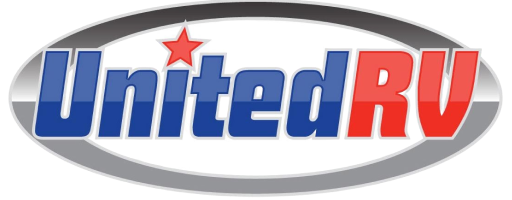


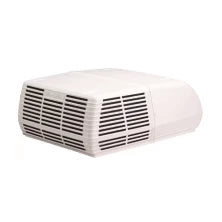
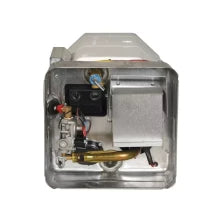
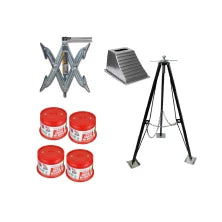
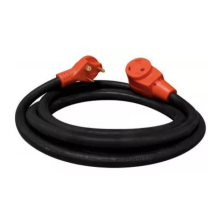
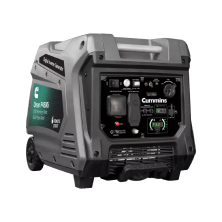
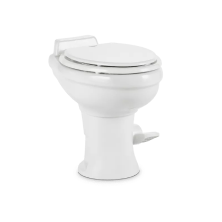
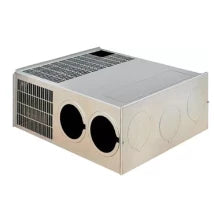
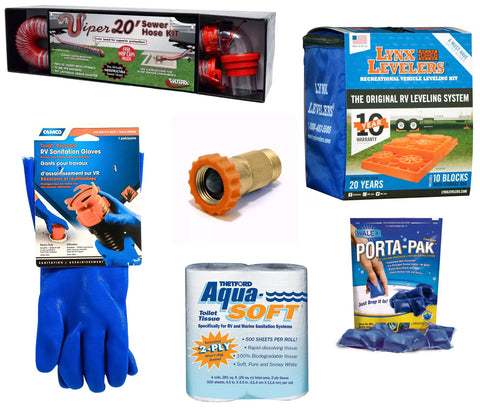
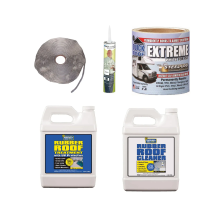
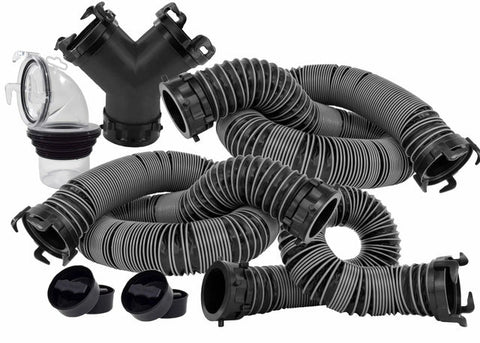
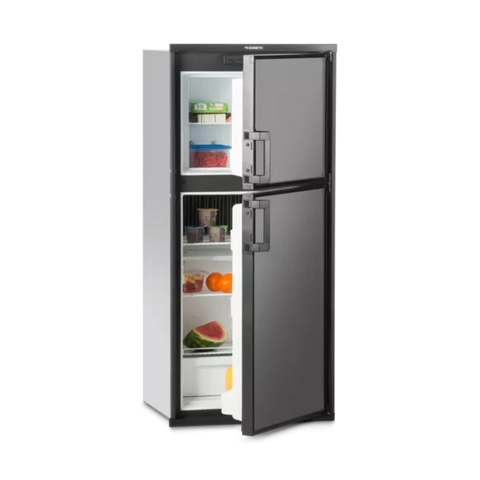
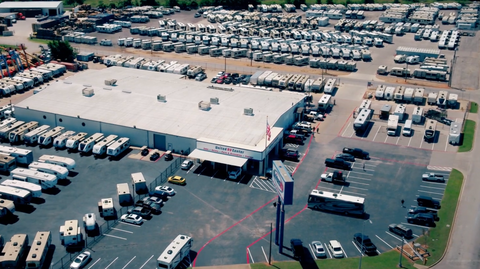
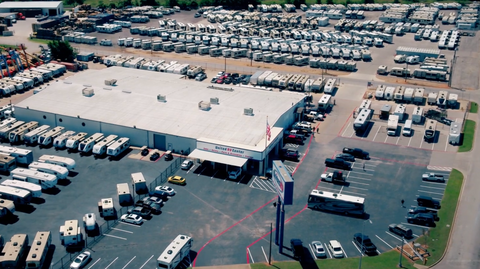
Comments (0)
There are no comments for this article. Be the first one to leave a message!